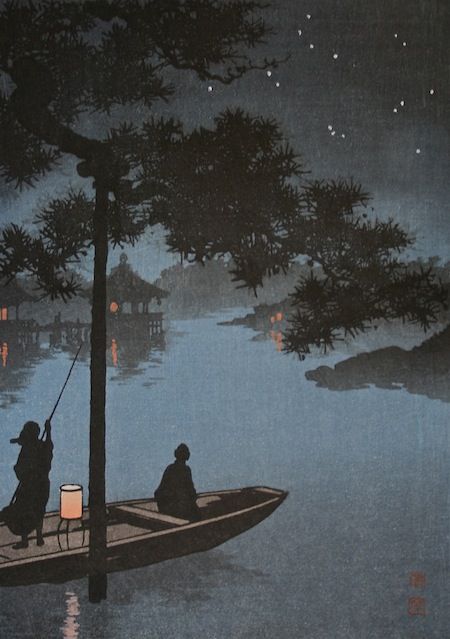
JAPANESE WOODBLOCKS
The development of Japanese printmaking is very closely tied to China. Japanese
graphic prints emerged in the middle of the 18th known as Ukiyo-e or “pictures of
the floating world.” These prints were created for a popular audience and are
characterized by their colorful, flat shapes, detailed imagery, and dramatic subjects.

